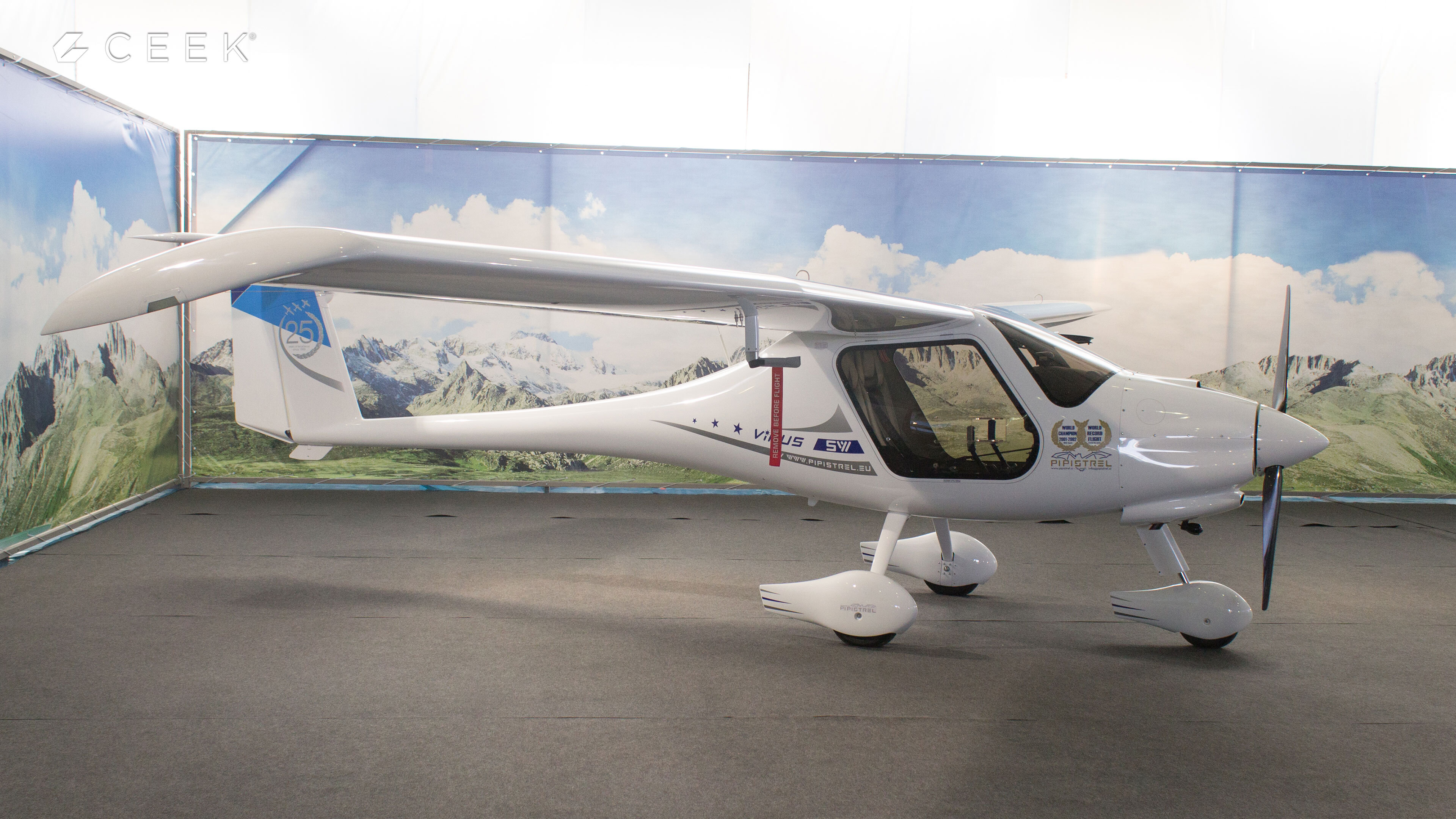



Pipistrel: Slovenia’s Electric Aviation Pioneer Now Soaring with Textron
Long before electric flight became a global obsession, Pipistrel was already in the air. Founded in Slovenia and now part of Textron’s eAviation division, Pipistrel is one of the world’s most accomplished electric aircraft manufacturers—the first to receive full type certification for an electric airplane and a leader in sustainable aviation innovation.
From gliders to hybrid-electric cargo drones, Pipistrel is building a future where clean flight isn’t just possible—it’s practical, scalable, and already flying.
The Founder: Ivo Boscarol — From Garage Builder to Global Aviation Visionary
Pipistrel was founded in 1989 by Ivo Boscarol, a self-taught aviation enthusiast who began building ultralight aircraft in a garage in Ajdovščina, Slovenia. His early creations were so unconventional that local authorities nicknamed them “bats”—inspiring the company’s name, derived from pipistrello, the Italian word for bat.
Boscarol’s relentless focus on efficiency and sustainability led Pipistrel to become a pioneer in electric flight. In 2022, Textron—parent company of Cessna, Beechcraft, and Bell—acquired Pipistrel to form Textron eAviation, a new division focused on clean aviation solutions.
The Tech: Velis Electro — The World’s First Certified Electric Airplane
Pipistrel’s flagship aircraft, the Velis Electro, made history in 2020 as the first electric aircraft to receive full type certification from the European Union Aviation Safety Agency (EASA)
Velis Electro Specs at a Glance:
Seats: 2
Power: 57.6 kW electric motor
Range: 50 minutes (plus reserve)
Cruise Speed: 98 knots (113 mph / 182 km/h)
Noise Level: 60 dBA
Use Case: Flight training and local missions
The Velis Electro is designed for simplicity, safety, and sustainability. Its liquid-cooled electric motor and dual-battery system offer low operating costs and minimal maintenance, making it ideal for flight schools and eco-conscious pilots.
Mission: Zero-Emission Flight for All
Pipistrel’s mission is to democratize clean aviation by developing aircraft that are:
Sustainable: Zero emissions and low noise pollution
Efficient: Optimized for energy use and performance
Accessible: Designed for a wide range of pilots and missions
Innovative: Pushing the boundaries of electric and hybrid propulsion
Beyond the Velis Electro, Pipistrel offers a range of aircraft, including the Alpha Electro for training, the Taurus Electro self-launching glider, and the ‘‘Panthera, a sleek four-seat conventional aircraft the company is working towards EASA CS-23 certification’’.
Strategic Partnerships & Global Impact
Since joining Textron in 2022, Pipistrel has gained access to greater resources, technical expertise, and a global support network . This partnership accelerates Pipistrel’s ability to develop and certify new electric and hybrid-electric aircraft for various applications, including urban air mobility, general aviation, cargo, and special missions.
Pipistrel’s aircraft are now operating in over 30 countries, supporting pilot training, recreational flying, and research initiatives aimed at reducing aviation’s environmental impact.
Why Ceekers Should Watch Pipistrel
For Ceekers—tech innovators, sustainability advocates, and future-focused thinkers—Pipistrel represents:
Proven Innovation: A track record of pioneering electric flight solutions
Global Reach: Aircraft operating worldwide, influencing the future of aviation
Scalable Solutions: From training aircraft to cargo drones, Pipistrel’s designs address various market needs
Sustainable Vision: A commitment to reducing aviation’s carbon footprint through practical, certified aircraft.
Looking Ahead
With its integration into Textron eAviation, Pipistrel is poised to expand its impact on the aviation industry. Ongoing projects include the development of larger hybrid-electric aircraft and the exploration of autonomous flight technologies.
As the demand for sustainable aviation solutions grows, Pipistrel’s blend of innovation, experience, and strategic partnerships positions it as a key player in shaping the future of flight.
PhotoCredit: Pipistrel


